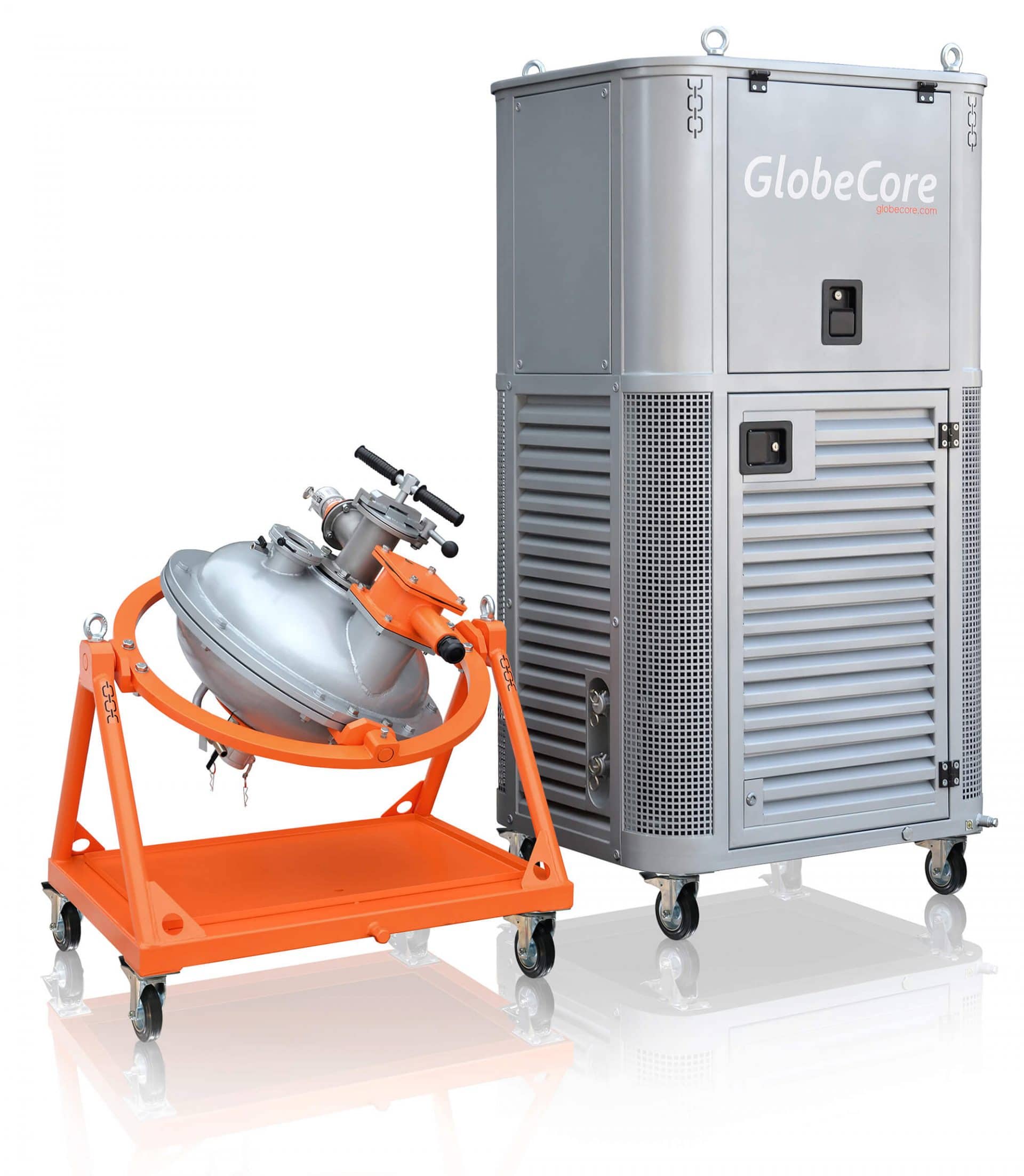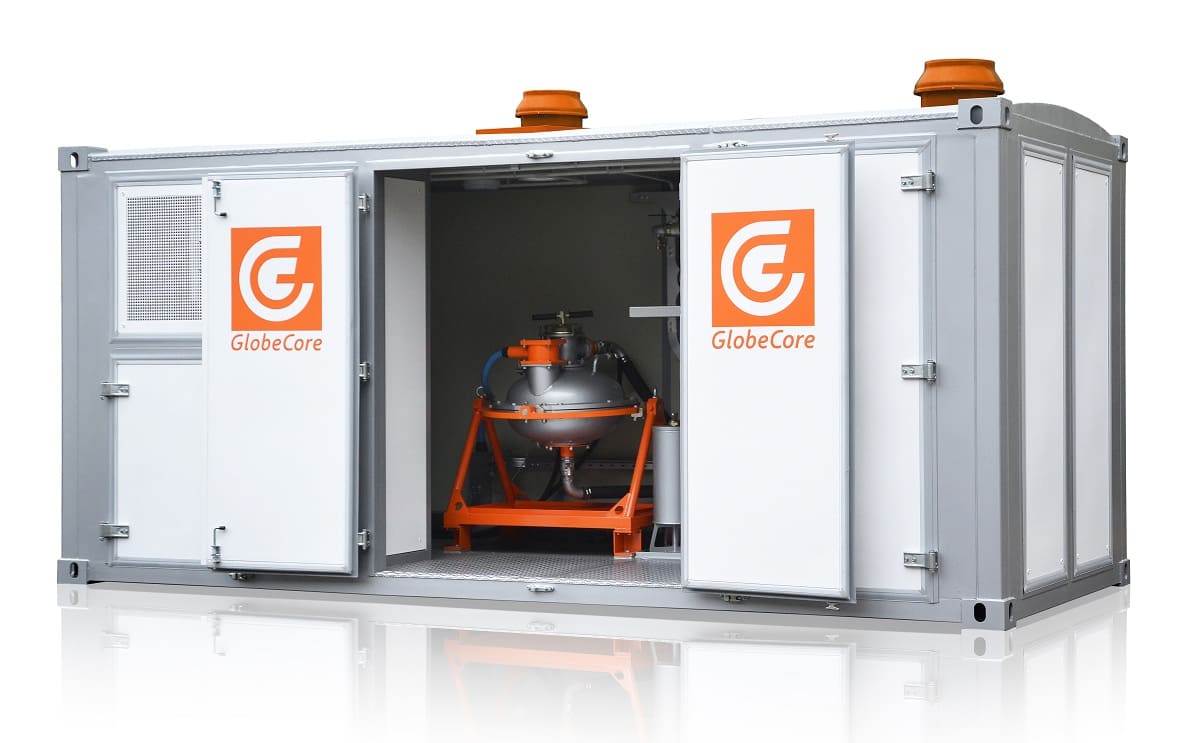Dry construction mixes (DCM) are a powdery, homogeneous mass consisting of fillers, aggregates, binders, and additives. The ingredients are blended in strict proportions to form a product with certain characteristics. Construction mix production means the preparation of free-flowing multicomponent masses by means of dispersers and mixers. In order to activate DCM, it is enough to cover them with water.
Dry mixes are produced at plants and supplied in packages for use in construction and repair. These are multicomponent free-flowing systems with a high level of particle activation and dispersion down to micrometers. Depending on the type, they are used for construction of wall elements, structures, surface finishing, decor, protection, and improvement of operational properties.
Applications and types of dry construction mixes
DCM are used as auxiliary construction materials with certain properties. They are used at different stages of construction and repair ranging from construction of facilities, structures to rough and fine finishing. Depending on the composition, they are divided into the following types:
- cement mortar mixes;
- lime-based mixes;
- cement-lime mixes;
- gypsum-based mixes;
- gypsum-lime mixes.
Taking into consideration the field of application, DCM are used for plastering, masonry, surface refining, and structures. There are also mixes for tiles, screeds, flooring, exterior and interior work. Thus, they are used at almost every stage of construction and repair. In general, there are more than 300 types of DCM in the European market.
Construction mixes make it possible to considerably reduce the material intensity of work, to ensure high resistance of structures and surfaces to impacts, bending loads, abrasion, and damage caused by moisture, cold, and other factors. DCM are also used for insulation, waterproofing, decor, puttying, etc.
A construction mix manufacturing plant is considered to be a relevant and efficient business option due to the versatility and wide scope of application of products. Modern equipment allows establishing high-quality production even in a compact workshop — it is not necessary to have large facilities. GlobeCore represents a vortex layer device (AVS) which will become the main link of the production line at an enterprise for dry construction mix production.
No single modern construction, repair, or restoration is carried out without the use of special DCM; therefore, they always remain relevant and highly demanded in the market. The equipment for production of dry construction mixes represented here with us is suitable for preparation of products of any type and composition to address the tasks ranging from walling to finishing. Thus, only one device will be able to meet the demand of the modern DCM market.
Advantages of dry construction mixes
According to the estimates of Western experts, the efficiency of construction, finishing, and repair work using dry construction mixes increases up to 500%. It is achieved due to the following advantages of products:
- Ease of use
The mixes are ready-made; therefore, it is not necessary to deliver and store the ingredients of plasters, mortars, and other systems separately. Furthermore, the mortar preparation time is considerably reduced, the labor input and the equipment quantities are minimized. The productivity of workers increases 1.5–3 times.
- Flexibility of systems
Wide variability is achieved due to the possibility to mix almost any ingredients used in construction.
- Reduced material consumption
Waste materials at the construction site are minimized. You can always prepare the right amount of mortar and dose it in portions due to which the volume of waste is reduced by 5–7%. Plasticizers and other additives reduce the cement consumption by up to 10–15%.
- Minimized transportation costs
It is not necessary to deliver the mortar to the construction site or to bring the ingredients of mixes separately. In general, the savings on transportation costs can reach 10–15%.
- High accuracy of dosing the ingredients
The products are prepared using automated systems at the construction mix manufacturing plant which guarantees the composition stability and homogeneity. The human factor is minimized.
Construction mix production on an industrial scale implies the use of special additives due to which the resulting product is of higher quality, and its physical and chemical characteristics are more pronounced. Shrinkage cracks do not evolve in the materials; the latter are resistant to the influence of external factors. Mortars made from special construction mixes are more effective and active than those prepared by hand at the construction site.
In view of these features, the market for construction mixes is constantly growing. The technologies making it possible to obtain more high-quality products by optimizing the production costs are developed and improved along with that. GlobeCore vortex layer device is distinguished among the currently relevant equipment for production of construction mixes.
Requirements to the quality of dry construction mixes
The quality of construction mixes depends on several criteria and characteristics, including:
- degree of particles dispersion;
- level of mix homogenization;
- rate of ingredients activation.
The ability of ingredients to react with one another, to create strong bonds, and to ensure the desired properties of structures and surfaces depends thereon. Thus, construction mix production is focused on achieving the high quality of grinding, mixing, and activation of raw stuff.
A critically important indicator in construction mix production is the grinding fineness of ingredients. Particles of only a few microns in size are fully hydrated. For example, the cement ground to 70 micrometers will react with water by 75–80% only. Therefore, it is very important to grind it as finely as possible. It is quite difficult to achieve cement grinding to 5–15 microns in conventional industrial mills. It involves high electricity consumption. This task poses no difficulty to AVS and is performed in a matter of minutes.
Construction mix production technologies

Depending on the type of processed material, equipment of certain configuration is used for construction mix production, including ball, planetary, vibration, jet mills, drying drums, mixers, etc. Basically, it is bulky, noisy, and energy-consuming equipment with the efficiency coefficient showing not the highest values. Such units are not always capable of grinding the raw stuff to a size of several micrometers, and plenty of resources are spent on the technological process.
Classic construction mix production involves several stages, such as raw stuff preparation, flushing, drying, crushing, and mixing. The dried ingredients pass to the stage of grinding, crushing after which they are alternately fed into the mixer in certain doses. The equipment mixes the ingredients, and we get a finished product at the outlet which goes to the hoppers for prepacking.
GlobeCore vortex layer device optimizes construction mix production by reducing the energy consumption, accelerating the performance of operations, minimizing the number of stages, and making the production line easier. Thus, grinding and mixing in AVS occur concurrently without splitting into separate stages.
Technology for construction mix production by means of a vortex layer device
Construction mix production is one of the first and main tasks that can be performed by means of a vortex layer device. The unit is optimally adapted to handle DCM components in a dry medium. AVS is suitable for dispersing and homogenizing the mixes due to the following processes:
- grinding;
- mixing;
- high local pressures;
- acoustic vibrations;
- electromagnetic processing.
If a liquid, moist medium is handled, the list includes electrolysis as well.
A set of processes is determined by features of vortex layer device operation. This is equipment with an operating chamber inside of which an electromagnetic field is created as affected by an inductor. The processed material and ferromagnetic particles that generate a vortex layer are placed into the chamber — they move intensively, rotate, collide with one another, thereby inducing a number of processes.
How are construction mixes produced by means of a vortex layer device?
As part of construction mix production, the ingredients are fed into the chamber simultaneously and in a predetermined proportion. Next, they are exposed to an electromagnetic field and a mechanical effect of ferromagnetic particles. The ingredients are ground, mixed, and activated. Moreover, the last process occurs even if a particle remains intact. At the outlet of AVS, we obtain a ready-made mix that requires no further development. It can be packed and sent immediately to the construction site.
An important feature of construction mix production by means of a vortex layer device is a high level of ingredients activation. Active centers, free radicals are created due to breaking, splitting the grains up to several micrometers. Excess energy evolves on the surface. And ultrafine grinding increases the specific surface area with activated centers. In general, during the construction mix production by means of a vortex layer device, the following processes occur:
- grinding the particles of ingredients up to 1 micrometer;
- activating the particles for efficient hydration when preparing a mortar;
- intensive mixing until a highly homogeneous mass has been created.
All of those things contribute to the fact that each of the particles will undergo a chemical reaction when mixed with water. We obtain a high-quality, fully reacted, and homogeneous solution with high activity of ingredients. And it directly affects the further quality of building structures, facilities, surfaces, etc.
Efficiency of construction mix production by means of a vortex layer device
The efficiency of using a vortex layer device as equipment for production of construction mixes has been proven experimentally. As part of the experiment, R.A. Ibragimov et al. [2019] processed a lime-sand mix used for manufacture of products. It was found that after processing the raw stuff by means of AVS, the products made by natural hardening became stronger by 55–117% in compression and by 38–72% in bending. With hygrothermal processing of products, the indicators increased by 21–84% and 11–50% respectively. After autoclaving, we obtained products with the compression strength higher by 67–153% and the bending strength higher by 48–108% compared to products made from mixes not processed in AVS.
Such indicators are achieved by increasing the activity of raw stuff ingredients.
Advantages of construction mix production by means of a vortex layer device
AVS is highly efficient, advantageous, and reliable equipment for production of construction mixes for your enterprise for the following reasons:
- Cost-effectiveness
The power requirement of AVS models represented here ranges from 4.5 to 9.5 kW which is several times lower than that of conventional equipment.
- Ease of integration into the existing line
Adding AVS to your existing production facilities, you won’t have to rebuild production lines. It will be sufficient to replace large-sized, noisy units with small and quiet AVS.
- Versatility
It is suitable for handling all the free-flowing materials used in construction; therefore, masonry, plastering, finishing, waterproofing, decor, heat insulation mixes, etc. can be produced by means of the device.
- High capacity
Depending on the type of mix, the requirements thereto, and the device model, the equipment can provide up to 15 cubic meters of products per hour.
- Compactness
The device is distinguished by small dimensions — a little more than a meter in width and length and a little more than one and half meters in height. The control section has approximately the same dimensions. The unit weight is 500 kg. The equipment is much more compact than conventional systems and requires no pedestal and additional structures for installation and operation. It is easy to transport and move through the territory.
Our equipment is suitable for both a large-scale enterprise and a small construction mix manufacturing plant. Depending on the production volume, AVS-100 or AVS-150 model can be chosen. They differ in capacity. Install several parallel lines with vortex layer devices, and you will get a facility with the capacity of tens of tons per hour.
You can contact GlobeCore sales representatives to order modern equipment for production of construction mixes, as well as to seek advice and assistance with your choice.


 AVS-100 Mixing Machine. ...
AVS-100 Mixing Machine. ... AVS-150 Chemical Mixing ...
AVS-150 Chemical Mixing ... AVSk-150 Wastewater Treatment ...
AVSk-150 Wastewater Treatment ...